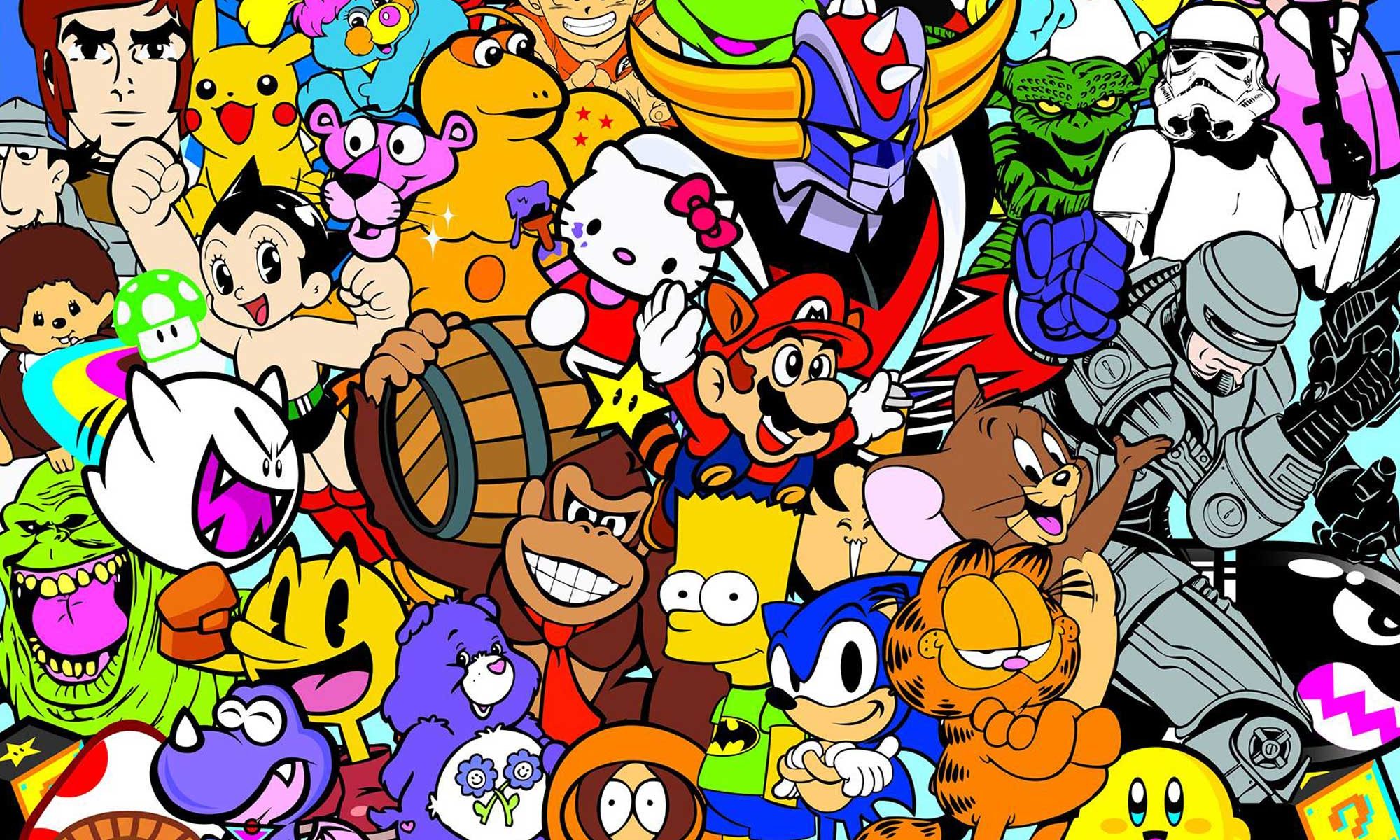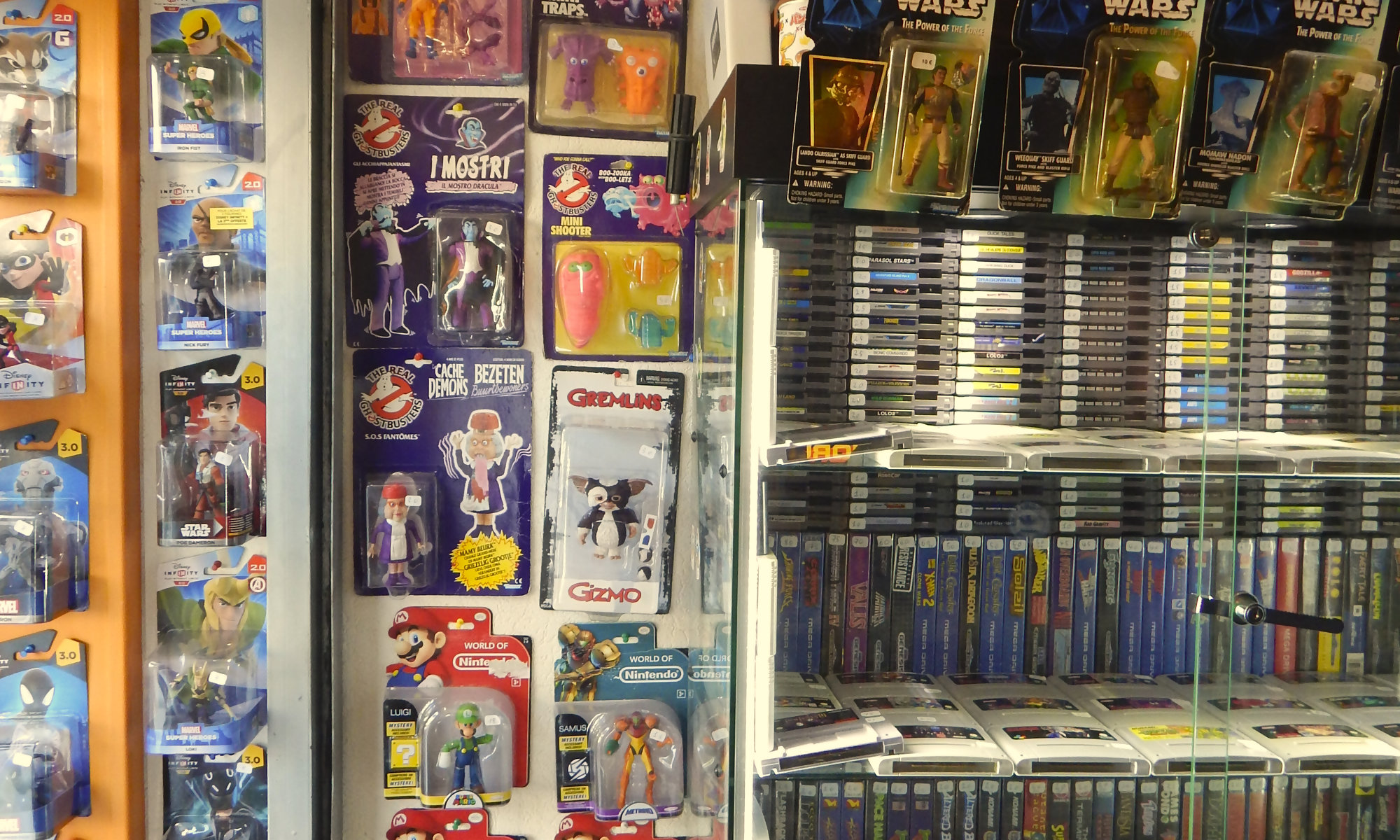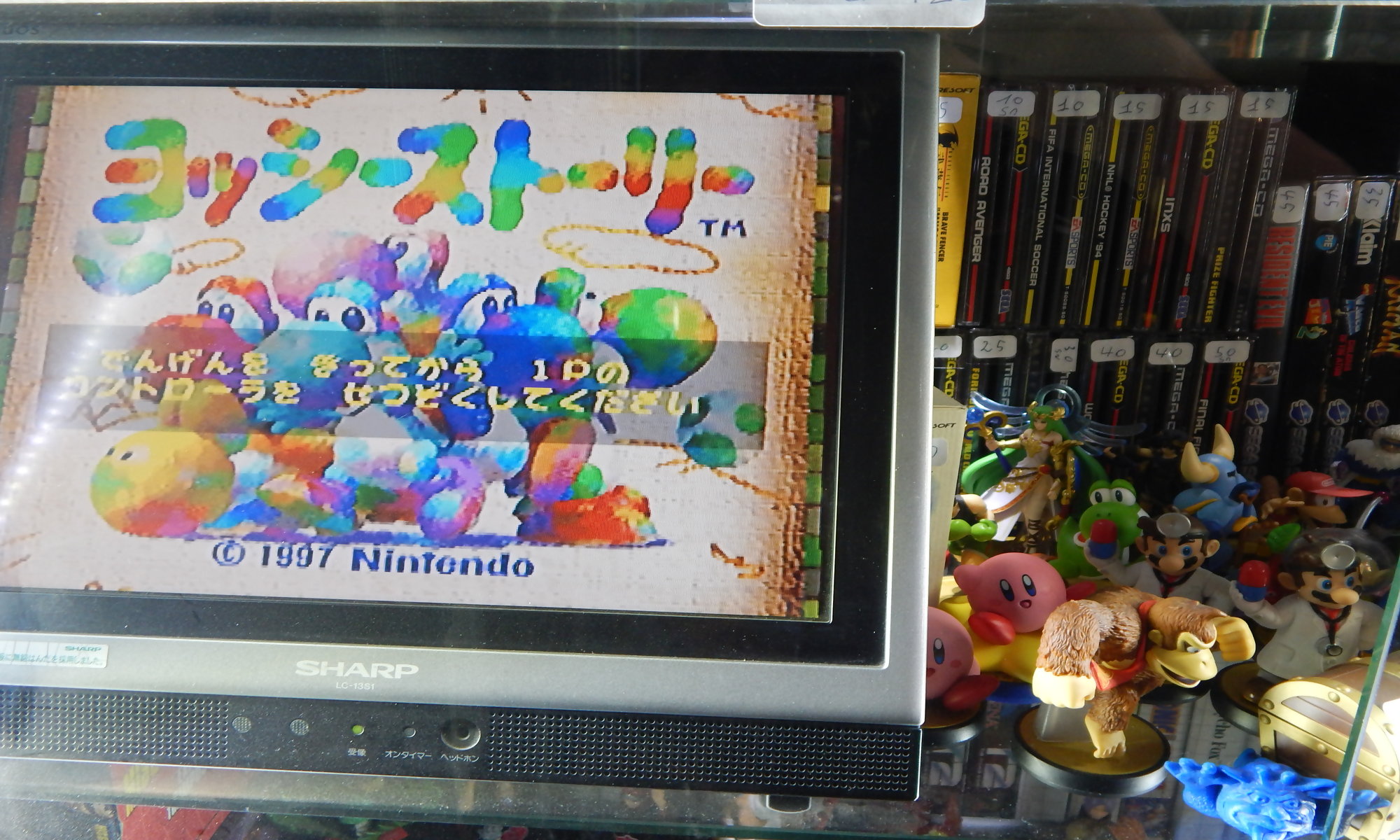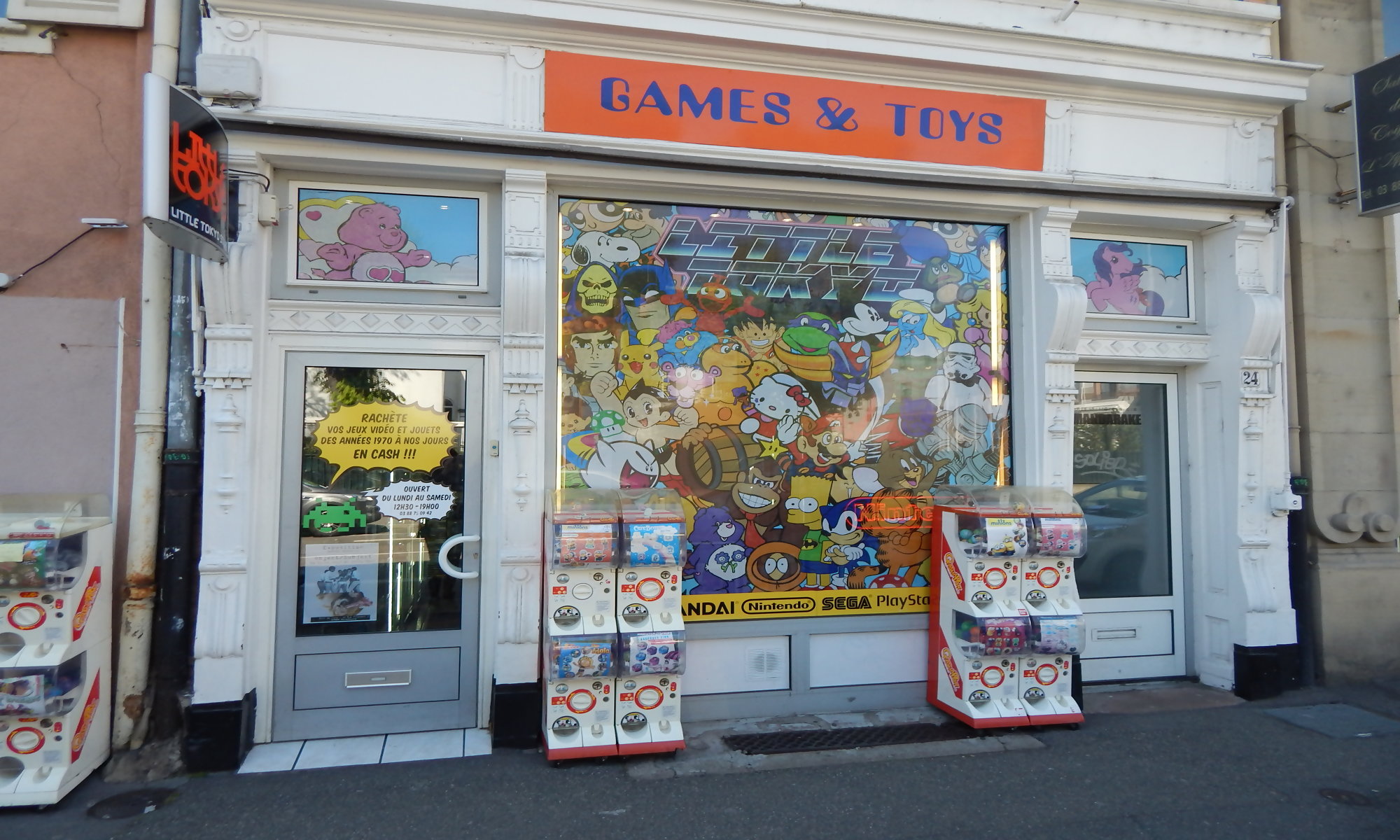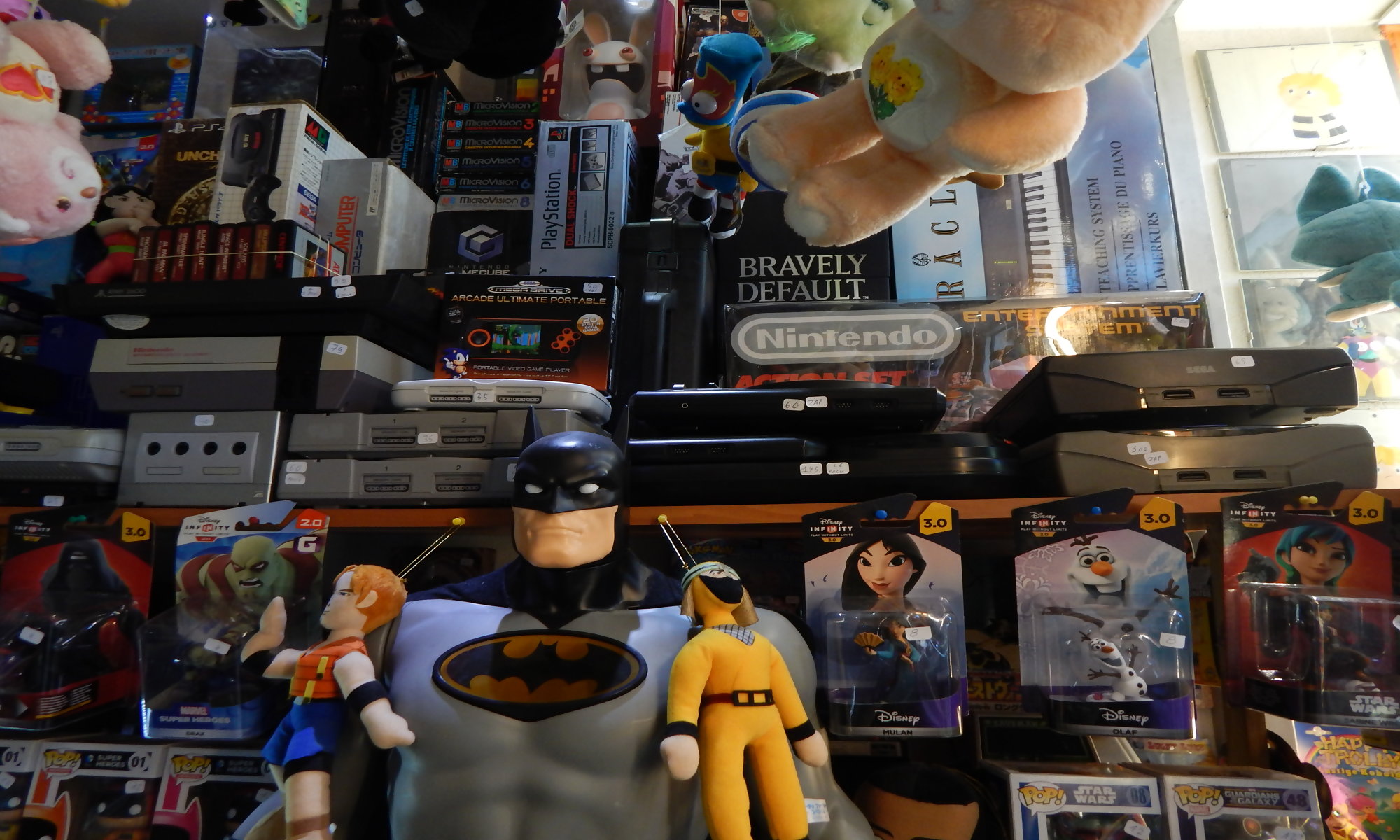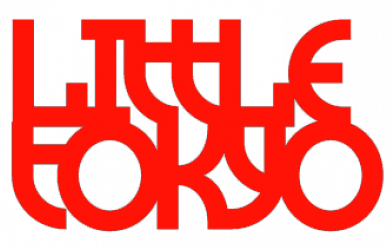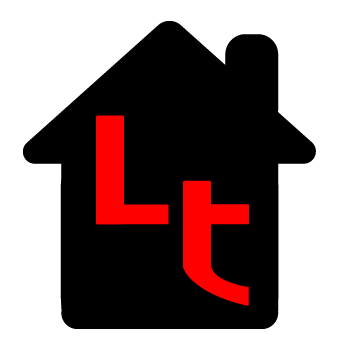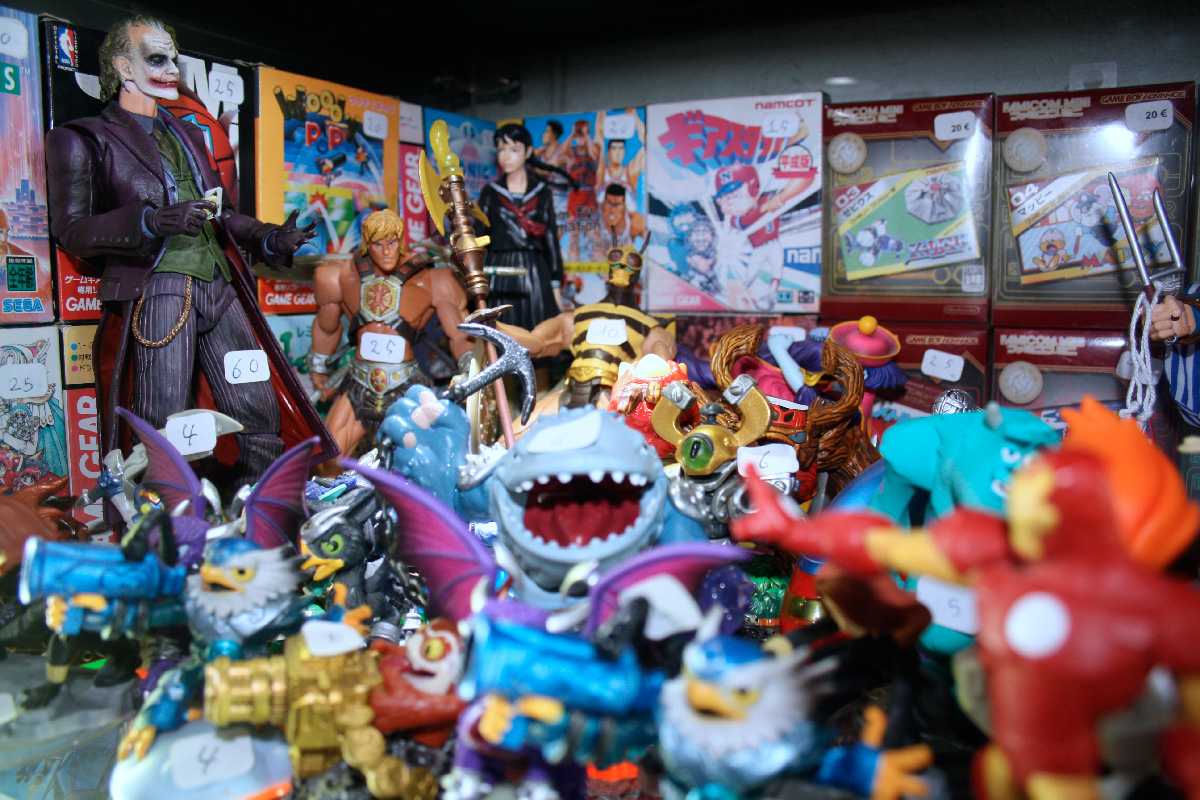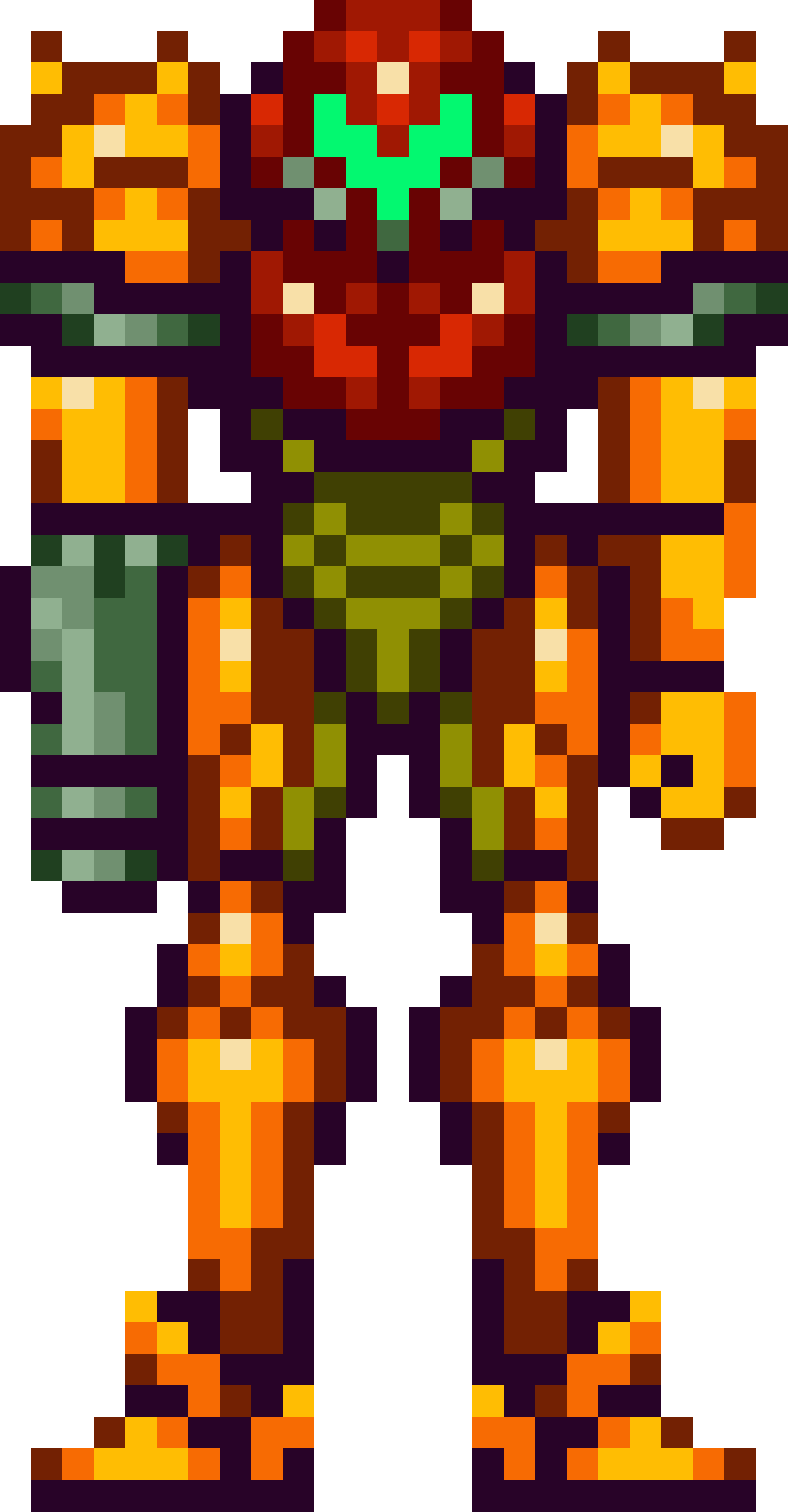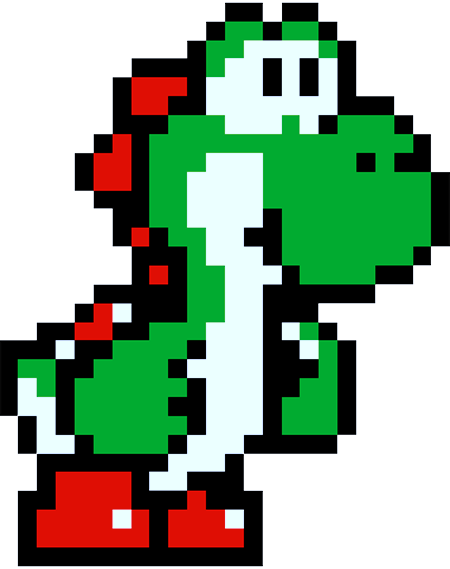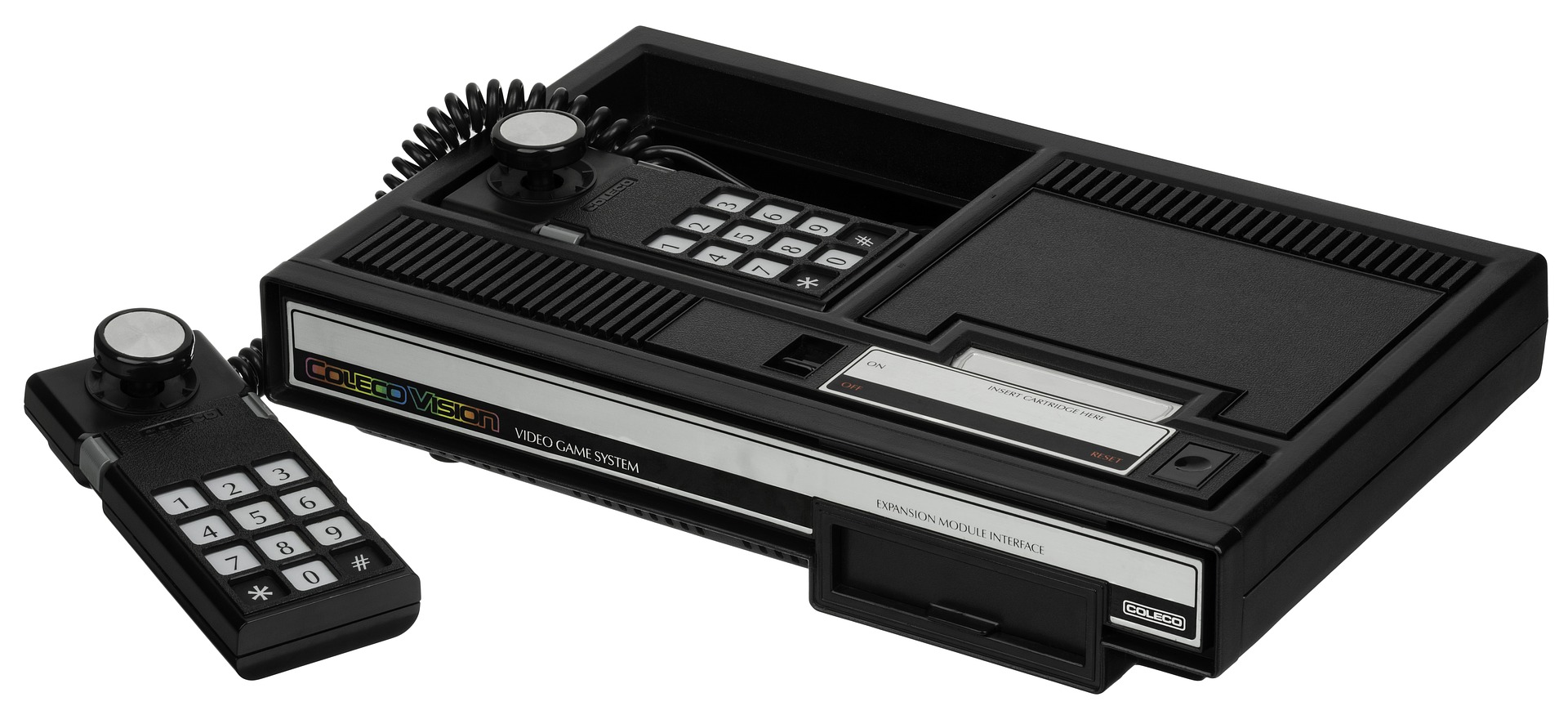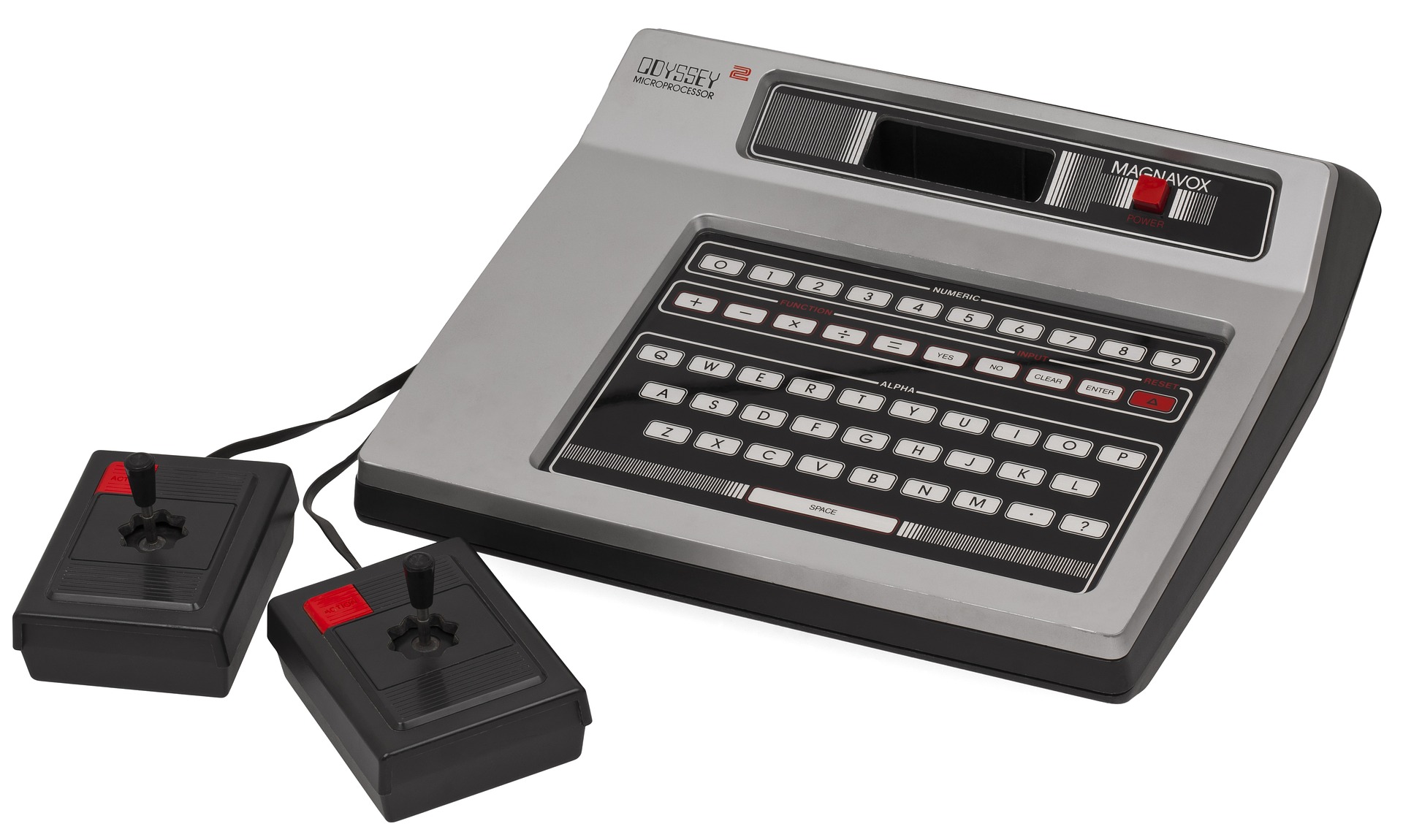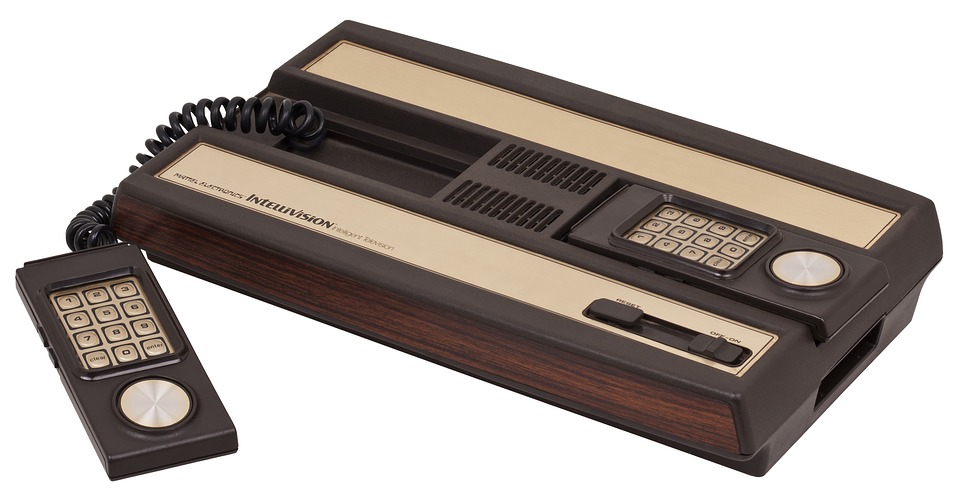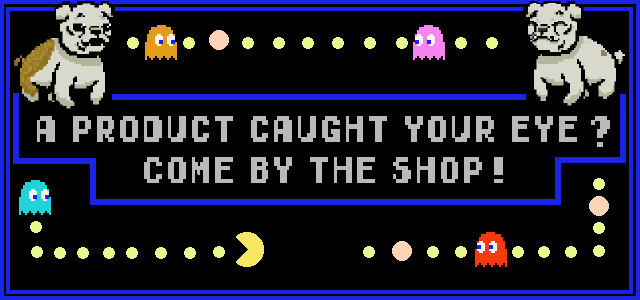Some rarer or less known machines and brands
Here are some brands and machines that are a little rarer or less known than consoles produced by giants like Nintendo or Sega, but whose existence really had an influence in the fascinating history of retrogaming
These consoles are often available at the shop, so please pay us a visit from time to time ! 🙂

Colecovision
Less known than the giants that are the Amiga and Commodore 64, the ColecoVision is nonetheless a console who marked its era thanks to its adaptability.
It’s in 1982 that COLECO (Connecticut Leather Company) releases its home console named ColecoVision to the modest price of 199$. The console’s main game library revolves around the arcade games and universe of the time. Launched with twelve games, more than 170 cartridge games will be released during its commercialisation. The main asset of the console is that it was built to be compatible with the Atari 2600! And this, with only a simple module that gave access to a vast game library from its rival.
The console is finally released in Europe and in France in 1983 where it is sold for 1790 francs (about 235$) ! However, 1983 is also the year of the video games Global Crash, which slowed down the growth of dozen of firms and made consoles and video games sales fall down considerably. Coleco falls victim to the crash and the company withdraws from the video games market, dropping its console in 1985. Despite a remarkably short lifespan (3 years), the ColecoVision stays a reference for many players in the video games world!
Modules and accessories:
- The famous “Expansion Module #1” is the one that made the console able to run the games of the Atari 2600, with some exceptions.
- The “Expansion Module #2” was a steering wheel bundled with an accelerator foot pedal.
- The “Expansion Module #3” made it possible to transform the console in a true computer complete with keyboard, storage space, cassette player and printer. (It wasn’t really a hit)
- The “Roller Controller” was some sort of trackball bundled with the game Slitner, a clone of the famous game Centipede.
- Last but not least, the “Super Action Controller Set” was a bundle of two joysticks and the game Super Action Baseball.
 Did you know ?
Did you know ?  Next
Next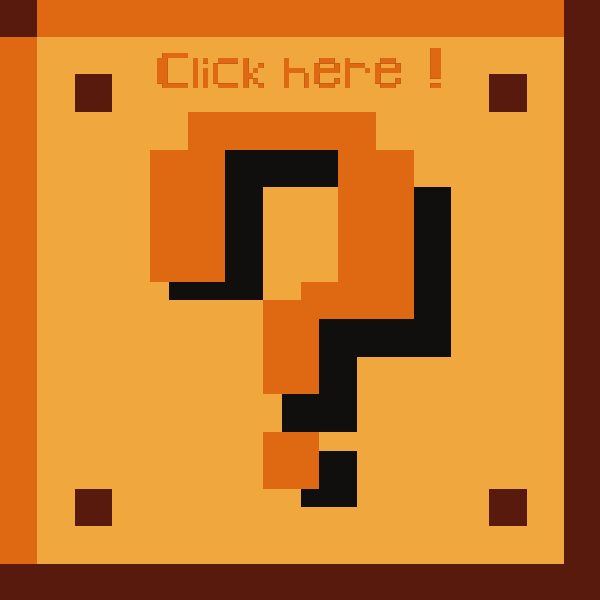
1
In 1986, a clone of the console was released by the company Bit Corporation and sold under the name Telegames Personal Arcade.
2
In 1997 and 1998 were released two ColecoVision games compilations for Windows named: Personal Arcade Vol.1 and ColecoVision Hits Volume One.
3
In 2009, the ColecoVision was elected 12th console out of 25 by IGN.
4
In 2014, AtGames launched the ColecoVision Flash, a compilation of 30 games of the ColecoVision, on the famous online gaming platform Steam.
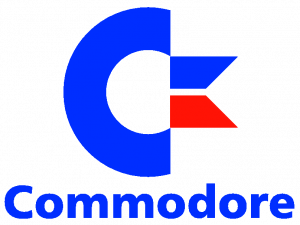
Commodore 64
The Commodore 64 is an 8-bit home computer introduced in 1983 by Commodore Business Machines Inc., an American company. At first glance, you may be surprised by its design, but yes, this big keyboard is a computer!
The Commodore 64 was not very popular in France; however, it saw success in countries across the globe. Even now, with over 20 million units sold, the Commodore 64 is the top-selling home computer in the world. This ancestor of the Amiga range can play videogames, use word-processing and spreadsheet software, and even make graphic designs. The Commodore 64 was also compatible with many peripherals such as an 80-column colored monitor, a disk player, a joystick, and a 20mo hard disk!
In the early 1980’s, The Commodore 64 and the Apple II democratized home computers, giving rise to new computing vocations amongst young people. Home computer owners could spend days and nights programming with the new BASIC computer language, as well as spend countless hours playing videogames!
Commodore Business Machines Inc. tried many times to update the Commodore ranges with little success:
- 1984: The Commodore Plus/4 was released boasting a better display and new system update. However, due to a lack of backwards compatibility, as well as graphics and sounds inferior to its predecessor, this new model was a major failure.
- 1985: The Commodore 128, a boosted model of the Commodore 64, was released. This model included three different microprocessors, backwards compatibility, and upgraded performances. Despite these strong points, the 128 was not a success. Only a dozen games and professional software were released for this system.
- 1986: The Commodore 64C was released. This was a modern version of the 64, but contained the exact same components. The 64C came equipped with a graphical operating system called GEOS.
- 1990: Eight years after the Commodore 64’s launch, Commodore Business Inc. tried its luck with the Commodore 64 Games System; they released this gaming-exclusive version of the original home computer.
 Did you know ?
Did you know ?  Next
Next
1
In 2004, a Joystick released a console C64-direct-to-TV based on the Commodore 64. Using the same concept at the Atari 2600 or Intellivision, the Joystick console connected directly into a television and combined three ROM pre-programmed titles.
2
In 2011, a Florida based company introduced a PC compatible “Commodore 64” with the original protective case.

Magnavox Odyssey
The oldest home video game console! The Odyssey produced by Magnavox in 1972 for 99$! It was already 45years ago! The console was released in many European countries, Mexico, Argentina but also Japan.
The Odyssey is completely analog, working like an oscilloscope, without any software, memory or processor. Of course, it’s still the 70’s: Starsky & Hutch are reigning over the world, and televisions are not all yet in colour.
How did this curious console work? A small square represented the ball and several other squares were used to make the players’ bars. The cartridges did not contain any program but connected the circuits of the console in a certain way in order to create game modes and graphics. Different filters, more or less transparent, were used on the television screen as graphic backgrounds.
 Did you know ?
Did you know ?  Next
Next
1
Many brands had to pay damages to Magnavox because they did not paid them any royalties for the use of their patents. Atari, for example, had to pay more than 700 000$. When the patents came in the public domain in 1991, many societies like Activision, Sega or Nintendo paid more than 100 million dollar in total.
2
A gun called Shooting gallery was released for the console in the USA.
3
The Odyssey’s creator Ralph Baer created the classic Simon for the Mattel Intellivision.
4
Nintendo was one of Odyssey’s retailers before the company finally tried to make its own consoles.

The Intellivision
Released in 1980 in the United States for 399$ and produced by the Mattel company, the Intellivision is a console of the second-generation. More than 3million copies were sold in twelve years, bundled with the game Vegas Blackjack.
The design of the Intellivision was similar to the Colecovision’s, with vintage plastic to make it look like your grandma’s buffet. Mattel wanted the Intellivision to be the first 16bits console and was appreciated during its golden time by the greatest games editors that were also working for Atari, Coleco or Imagic. More and more games were released and most of them sold thousands copies. The console was sold with two controllers, composed of a joystick and a numeric keypad. (they looked a lot like pre-war phones). The console was a direct competitor of the Colecovision and the Atari 2600.
Despite the release of several devices and the compatibility of the Intellivision II with the Atari 2600’s games, the console was victim of the video game crash of 1983 and didn’t survive it.
Devices:
- Intellivoice (1982): A revolutionary device for the time! It was a voice synthesizer that improved the sound quality, and added synthetic voices to the games. Unfortunately, it was a failure because only five games were compatible with it and so wasn’t worth the price (100$).
- Intelliputer or Blue Whales: A small box with a keyboard which gave the Intellivision the capacities of a computer: run softwares and videogames. Yet, the production was poorly managed and it quickly became a financial hole for the company. In no time, the company gave up the project and recalled the produced units.
- The Intellivision II (1983): With a brand new design and a compatibility with the Atari 2600 games, the console had everything to please the customers. Yet, at this time, the video game market was pretty tough with the release of the Colecovision and the new Atari 5200. Besides, the 1983 crash completely shook up the video game industry.
 Did you know ?
Did you know ?  Next
Next
1
In 1981, the Intellivision was the first console to offer downloadable games through a cable called PlayCable.
2
Only 9 games were released in France in 1986.
